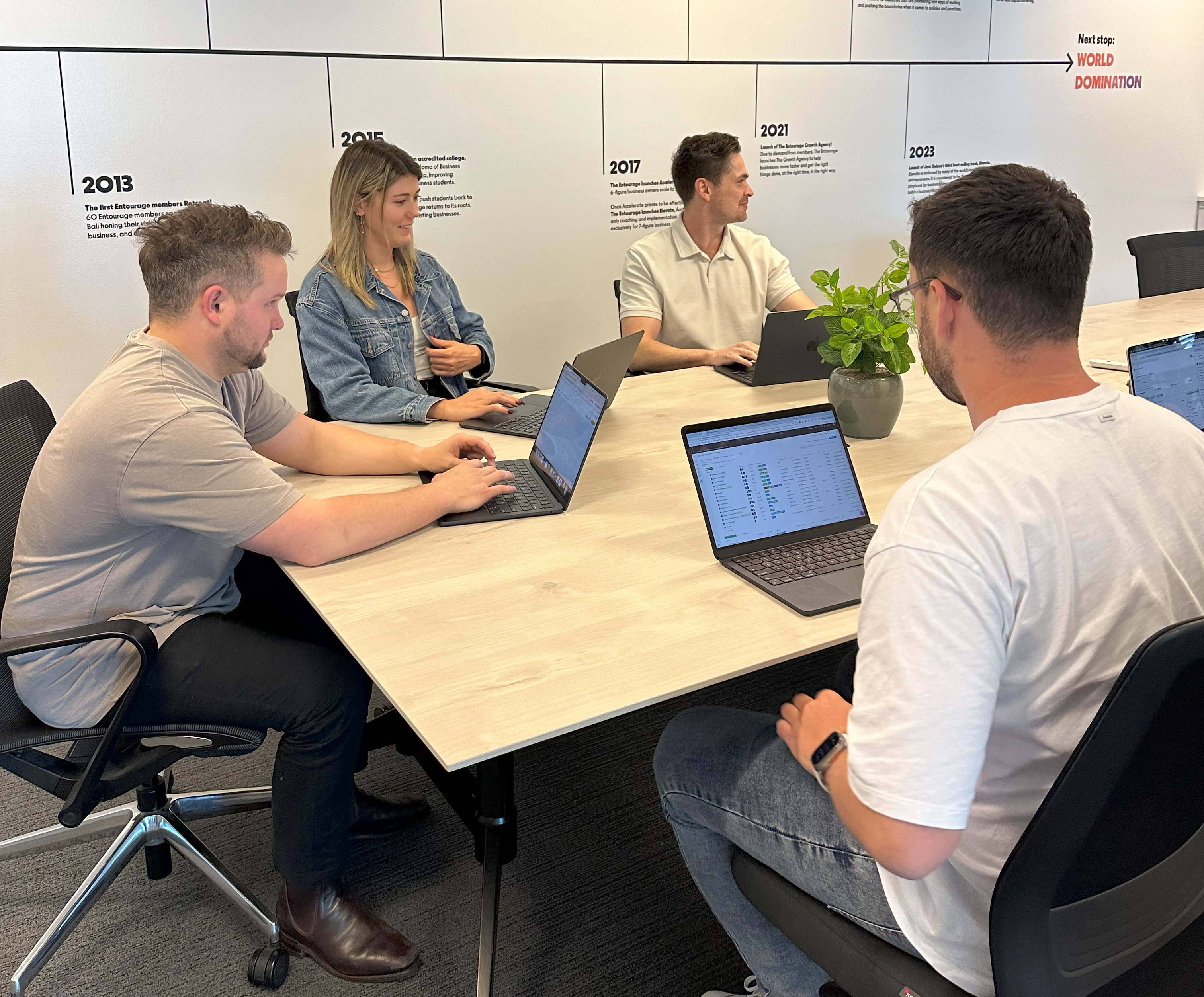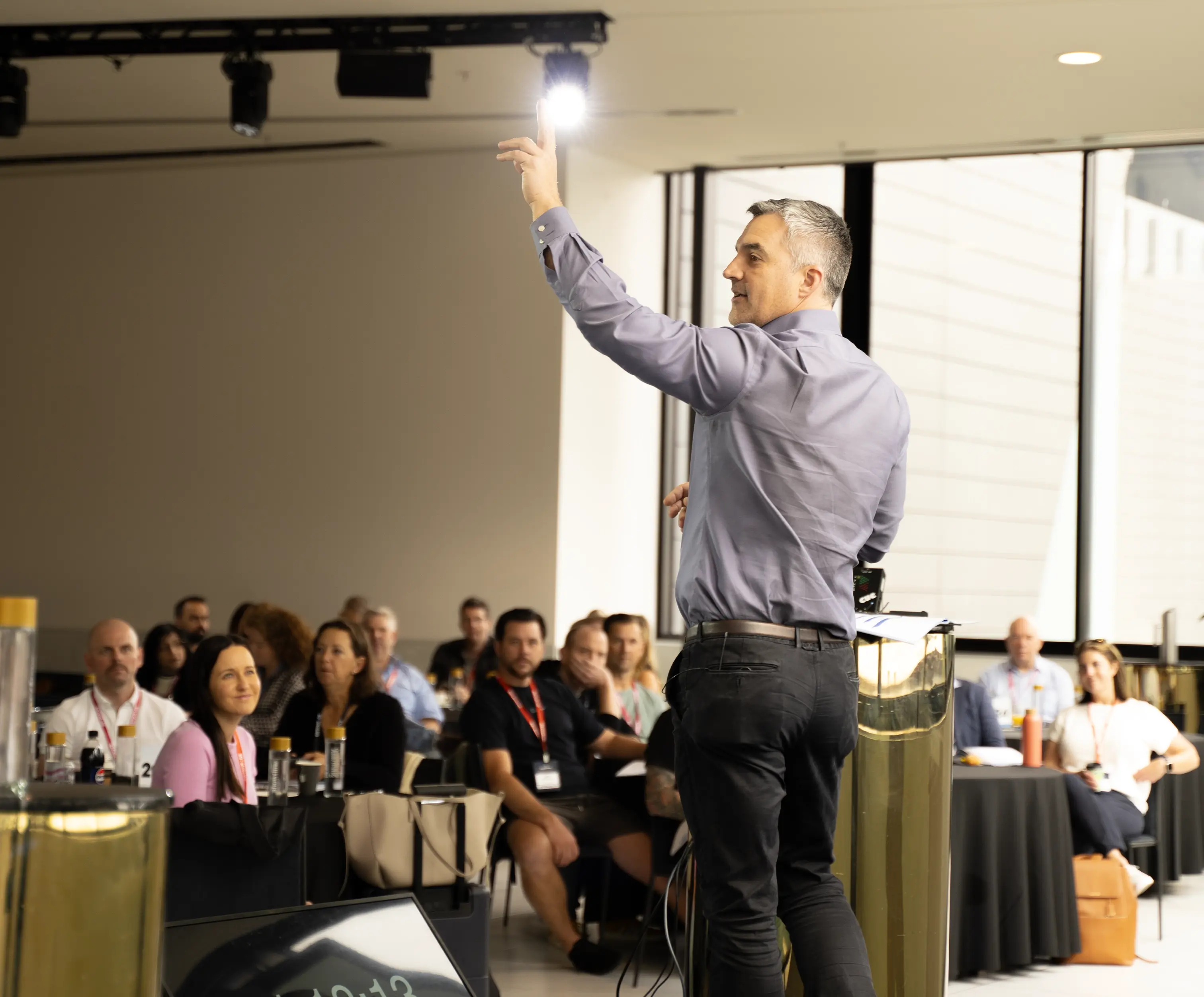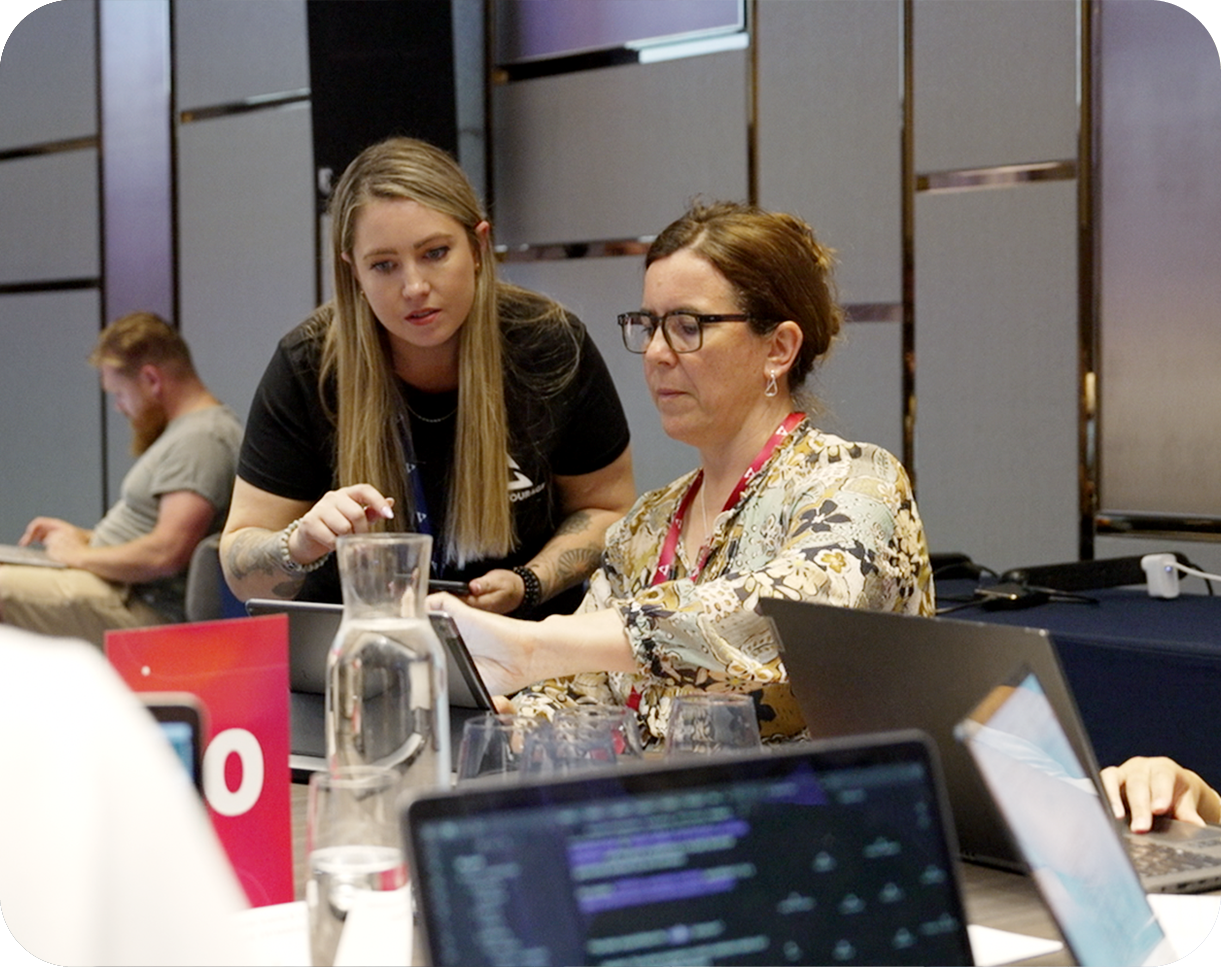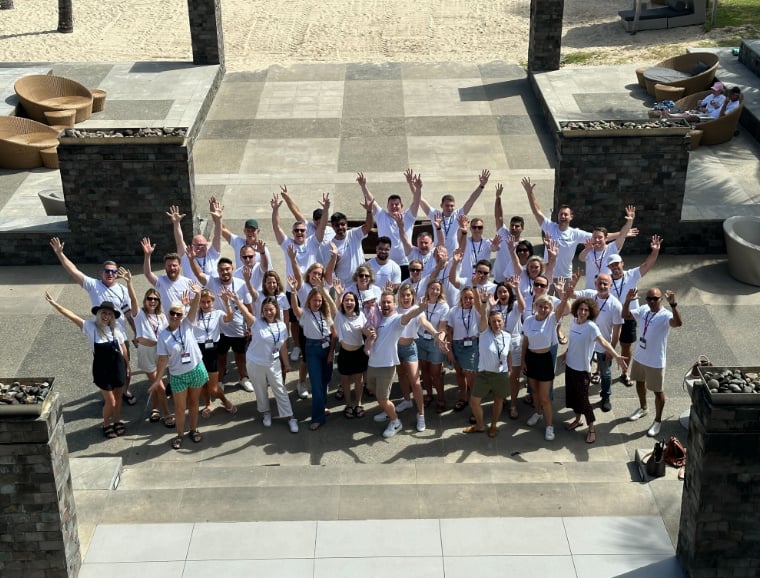When people hear "Occupational Therapy" (or OT), they often have the same initial thought: "Is that for people who need help finding a job?" It’s a common misconception, and it’s one we’re happy to clear up! The truth is, occupational therapy is a dynamic and profoundly human-centered health profession that can be life-changing. It’s all about empowering people to engage in the activities that give their lives meaning and purpose.
It’s not about vocational counseling
First things first, let's tackle that name. In OT, occupation doesn't refer to your job title. Instead, it encompasses all the meaningful activities that occupy your time. Therapists categorize these into three main areas:
- Activities of Daily Living (ADLs): The fundamental self-care tasks you do every day, like showering, getting dressed, and eating.
- Instrumental Activities of Daily Living (IADLs): More complex tasks that support daily life within a home and community, such as managing finances, cooking, cleaning, and driving.
- Rest and Sleep, Work, Education, Leisure, and Social Participation: Everything else that rounds out a fulfilling life.
So, whether your goal is to comfortably hold a fork, return to your job after an injury, or play with your grandchildren, OT is there to help you do it.
The core philosophy is holistic empowerment
Unlike some medical fields that focus on a specific body part or illness, OT looks at the whole person. A good occupational therapist considers your physical, psychological, emotional, and social well-being. They don't just ask, "What is your diagnosis?" They ask, "What matters to you? What do you need and want to do?"
This person-centered approach is why OT is so effective. The therapist works with you, not just on you, to set meaningful goals and develop a practical plan to achieve them. This collaborative spirit is especially vital in settings like NDIS capacity assessment services, where understanding a participant's full scope of abilities and goals is crucial for building the right support plan. These evaluations play a critical role in identifying the degree of assistance and services needed to enable participants to reach their objectives and lead as independent a life as possible.
It’s a bridge between you and your environment
A huge part of OT is looking at the fit between a person and their environment. If someone is struggling, the problem isn't always within the person; it can be that their surroundings are creating barriers.
OTs are experts at modifying environments and tasks to promote independence. This can look like:
- Recommending adaptive equipment like a reacher/grabber to avoid bending, or a specialized keyboard for someone with arthritis.
- Suggesting home modifications such as installing grab bars in the bathroom, adding a ramp, or reorganizing kitchen cabinets for easier access.
- Breaking down complex tasks into smaller, manageable steps for someone with cognitive challenges.
OTs work with people across the entire lifespan
The scope of OT is incredibly diverse. You'll find OTs making a difference at every stage of life:
|
Life stage |
Common OT focus areas |
|
Pediatrics |
Helping children with disabilities or developmental delays to play, succeed in school, and develop self-care skills. |
|
Adulthood |
Rehabilitating after an injury (e.g., stroke, spinal cord injury), managing chronic conditions, and supporting mental health. |
|
Older adults |
Enabling seniors to age in place safely, recover from joint replacement surgery, and adapt to changes in memory or vision. |
The toolkit is vast and creative
Forget the image of a sterile clinic with just a few weights. An OT's toolkit is both practical and imaginative. It includes:
- Therapeutic Activities: Practicing real-life tasks, from making a cup of tea to using a computer.
- Sensory Integration Tools: For children or adults with sensory processing disorders, this might include weighted blankets, swings, or tactile toys.
- Splints and Supports: Custom-made splints to improve hand function or support a joint.
- Technology: From simple tablet apps for memory aids to advanced driving simulators for rehabilitation.
- The Power of Creativity: Using art, music, or gardening as a therapeutic medium to improve motor skills, cognition, and mood.
The goal is always independence, however that looks for you
Finally, it's crucial to understand that independence in OT doesn't necessarily mean doing everything completely on your own. It means having the skills, strategies, and support to direct your own life and participate in your chosen activities to the greatest extent possible. For one person, independence might be cooking a full family dinner unaided. For another, it might be being able to verbally direct a caregiver on how to prepare their meal exactly how they like it. Both are significant and empowering victories.
Think of it as a helping hand for the parts of life that have gotten tangled. It’s not about fixing one specific thing; it’s about untangling the knot so you can get back to living. It’s for the mom who wants to pick up her toddler without pain, the grandfather who wants to putter in his garden after a stroke, and the teenager who just wants to feel less overwhelmed at school.
It’s a practice built on a simple, powerful idea: your life is made up of the things you do, and those things matter. OT helps you reclaim them. It’s not about achieving perfection; it’s about finding a way. Your way.
Related Categories
Ryan Terrey
As Director of Marketing at The Entourage, Ryan Terrey is primarily focused on driving growth for companies through lead generation strategies. With a strong background in SEO/SEM, PPC and CRO from working in Sympli and InfoTrack, Ryan not only helps The Entourage brand grow and reach our target audience through campaigns that are creative, insightful and analytically driven, but also that of our 6, 7 and 8 figure members' audiences too.





